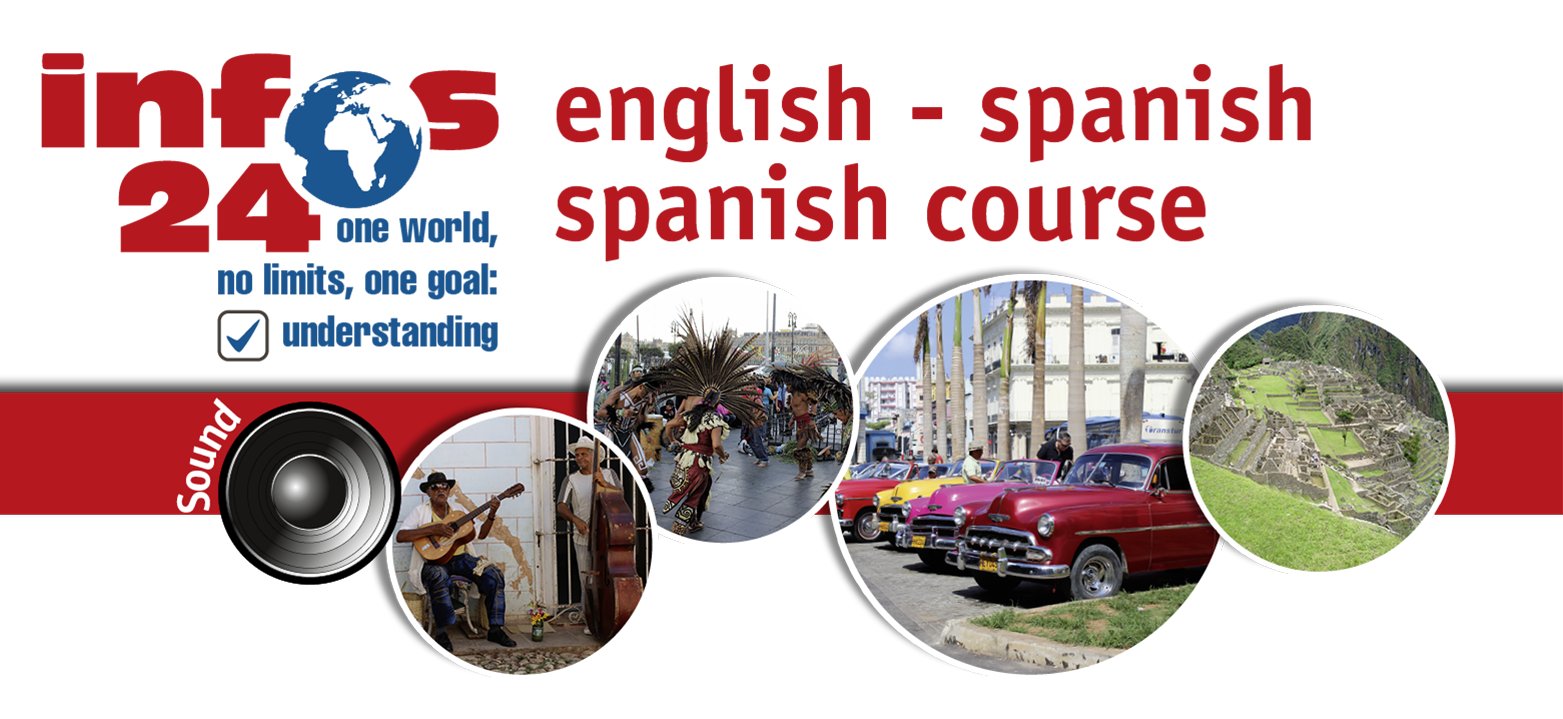
| 8.2 Use of ser for description of characteristics of a subject |
Both ser and estar are translated into English as to be. In Spanish, there is a difference in the meaning of ser and estar. A first rule for using of estar was already given, which says that estar is more related to a location or a temporary condition. In the same way, we can assume a general rule for ser, which says that characteristics that are inherent to a subject are described with the verb ser. Furthermore it's quite a nice rule of thumb to say that after estar it's rather unusual to put a noun. Some few exceptions might be possible like:
![]() Es medico, pero ahora está
de camarero = He is
a doctor but at the moment he is a waiter.
Es medico, pero ahora está
de camarero = He is
a doctor but at the moment he is a waiter.
However, for other characteristics and
features of subjects ser
is used:
| falsch: Maria está estudiante richtig: Maria es estudiante = Maria is a student |
| In connection with a noun ser used (in the very most of the cases) |
| Maria es una mujer. = Maria is a woman. (inherent feature) | |
| Maria es rubia. = Maria is blond. (inherent feature) | |
| Nosotros somos ingleses. = We are English. (inherent feature) |
| In connection with an adjective it is to be decided whether ser or estar is to be used |
| Ella está contenta. = She is content (temporary condition) | |
| Nosotros estamos decepcionados. = We are disappointed. (temporary condition) | |
| Maria está cansada. = Maria is tired. (temporary condition) | |
| Ella es guapa. = She is pretty. (inherent feature) | |
| Ella es lista. = She is clever. (inherent feature) |
Ser is used when the feature
of the subject described is
an inherent feature of the subject:
| Juan es médico. = Juan is a doctor. |
|
| Jaime es un imbécil. = Jaime is an idiot. |
|
| Es una persona muy gentil. = He is a nice person. |
|
| Madrid es la capital de España. = Madrid is the capital of Spain. |
|
| Éramos cinco cuando partimos y cuatro cuando volvimos. = We were five when we left and four when we came back. |
|
| El Tower es un monumento impressionante. = The Tower is an impressive monument. |
| estar is used when describing a temporary condition |
| El café está caliente. = The coffee is hot. | |
| Estamos muy cansados. = We are tired. | |
| Está sin dinero.= He has no money. (He is without money.) |
| estar is used when a location is described |
| Madrid is in Spain. = Madrid está en España. |
|
| He is in
Berlin. = Él está en Berlín. |
|
| He was in
Paris. = Él estaba en Paris. |
|
| The hat was in the box. = El sombrero estuvo en la caja. |
|
| The yoghurt was in the fridge = El yogurt estaba en el refrigerador. |
| contact privacy statement imprint |